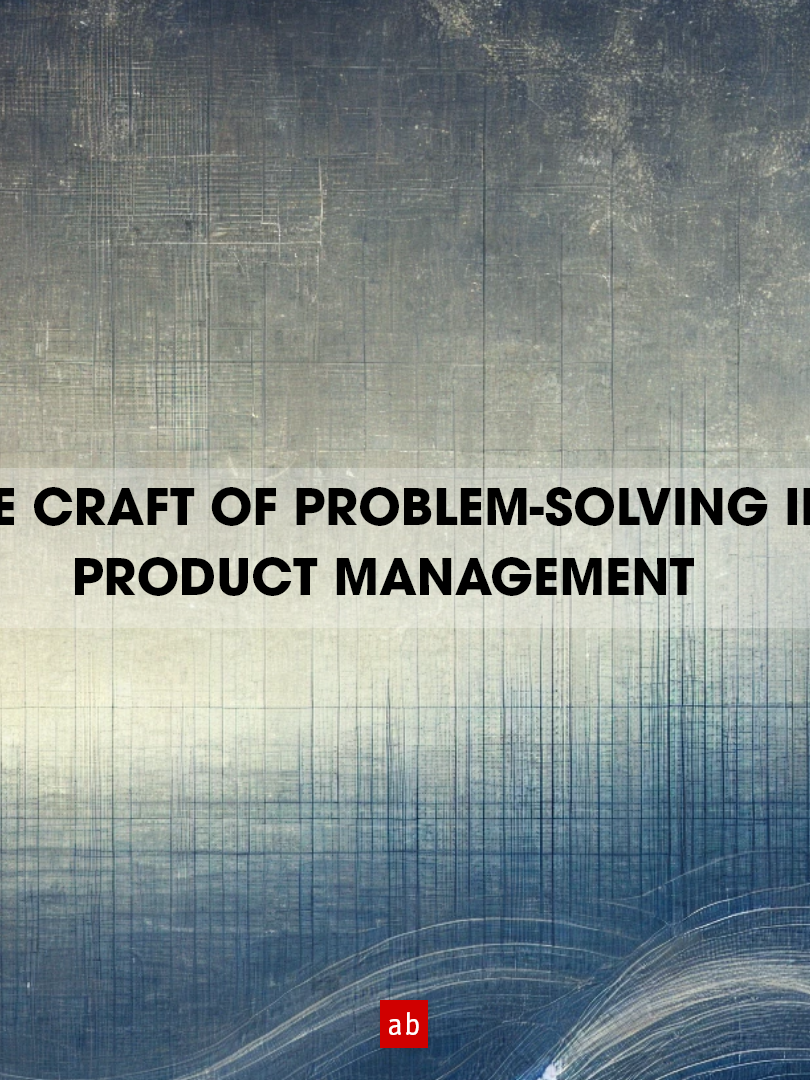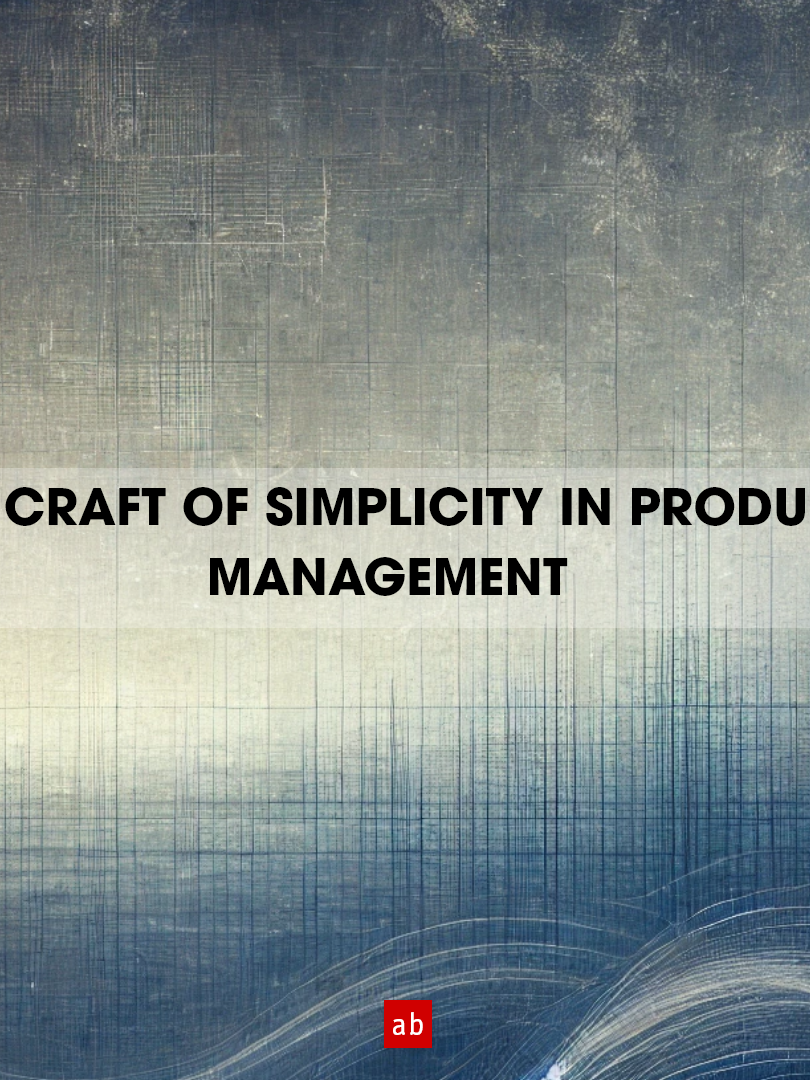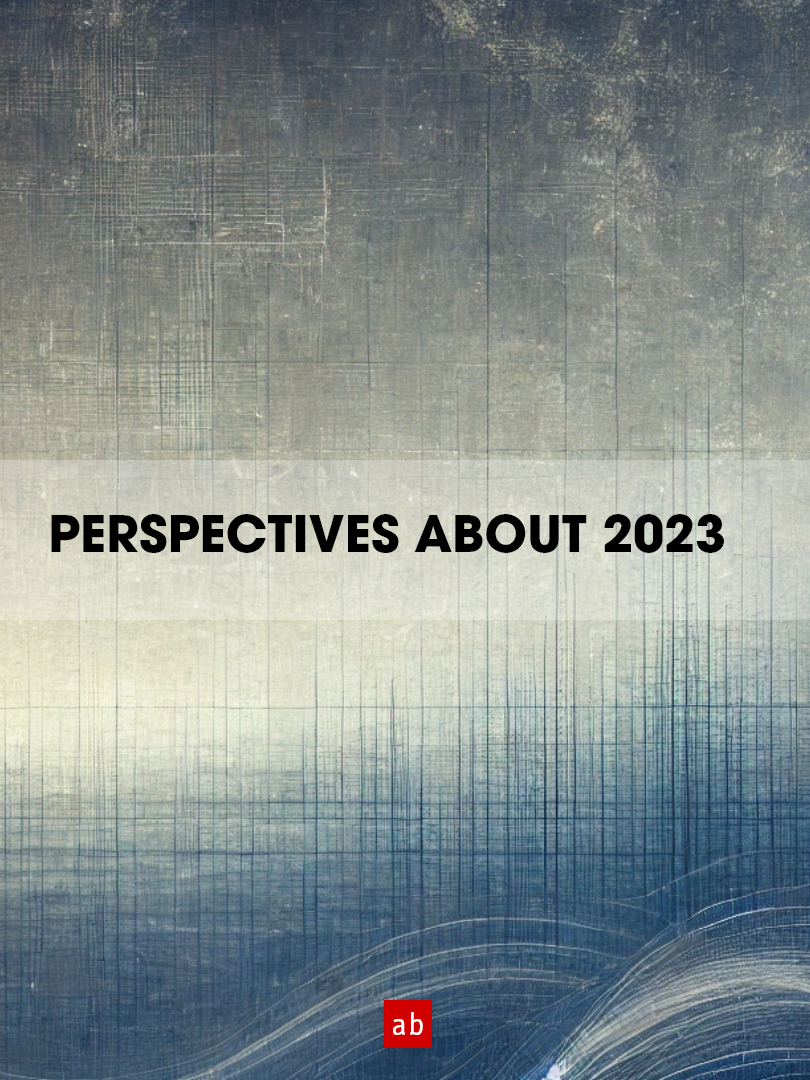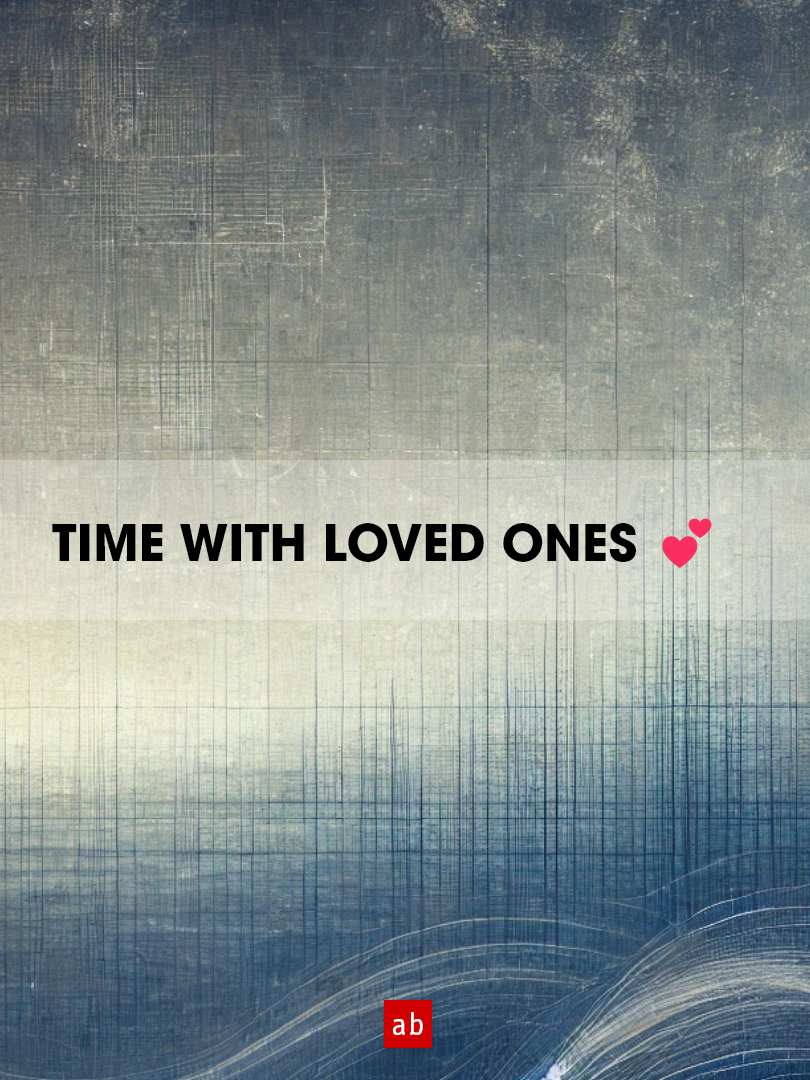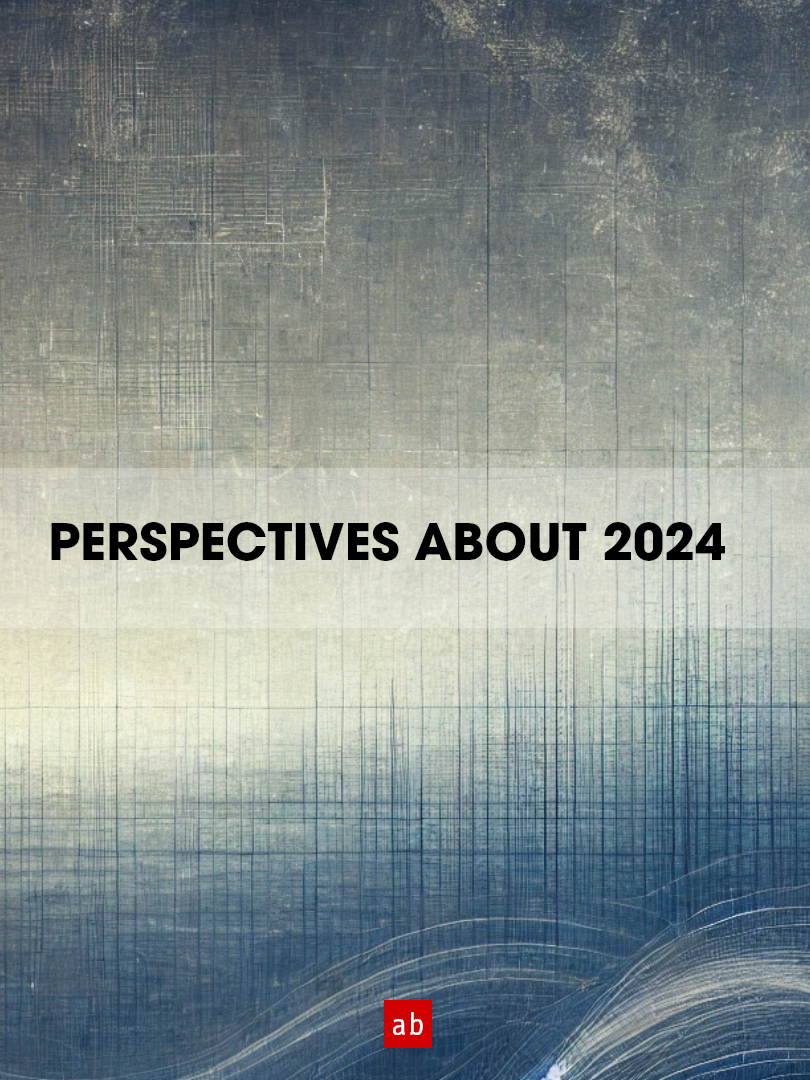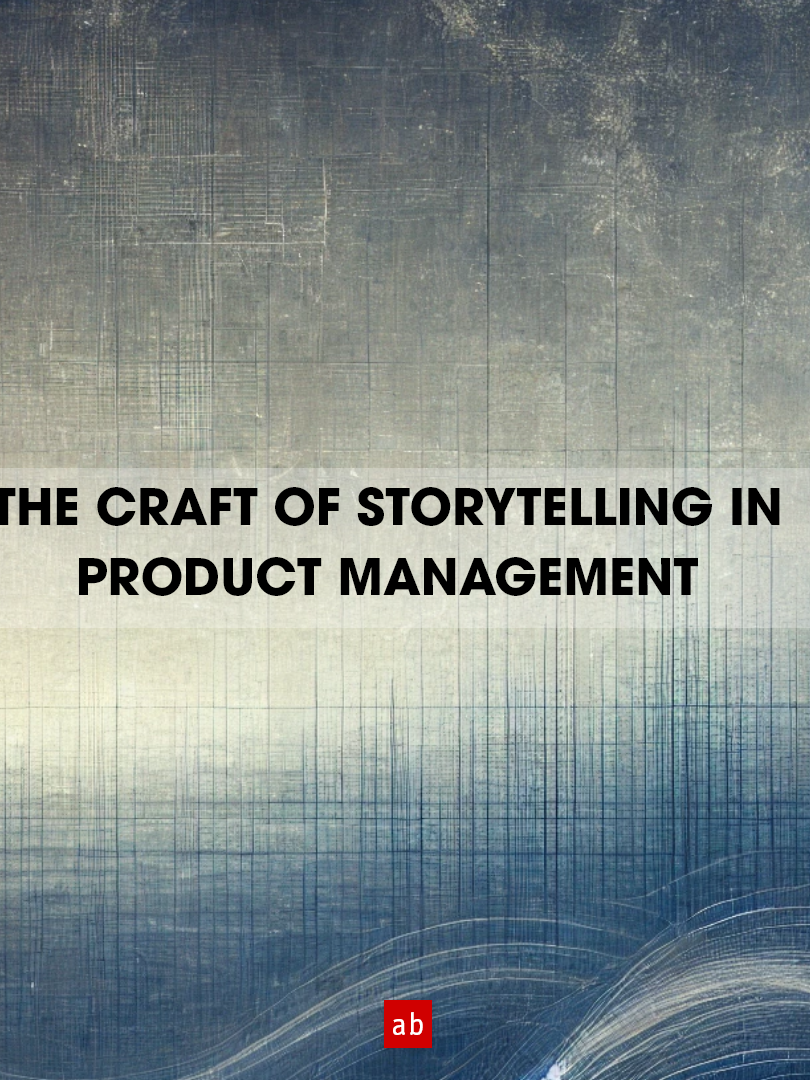Ever since I held my first camera—a Nikon FM10 back in 2004—photography has been like magic to me. Capturing moments felt like freezing time, holding onto memories that might otherwise fade. In 2009, I upgraded to a Nikon D40, and then, in 2024, I got the Sony A7R IV—a powerful camera that promised to take my photography to new heights.
With the Sony, I gathered some of the best lenses: the 85mm GM, the 12-24mm GM, and the 50mm GM. Each lens opened up a new world, allowing me to see things differently. But over time as I aged, something started to bother me. The equipment that once excited me began to feel heavy. Literally. Carrying the camera and all those lenses felt like a workout. Planning each outing became a big task.
I missed the simplicity of just grabbing my camera and heading out. I wanted to stroll through streets, take portraits without feeling weighed down, and capture landscapes without changing lenses every few minutes. I realized I needed something smaller—like a notebook to a writer or a sketchpad to an artist. A camera ready whenever inspiration struck.
But there was more to it than just convenience. Photography had woven itself into my life. It was how I traveled, how I saw the world, how I connected with people. It was also how I wanted to build my personal brand. Yet, I faced a challenge: I needed a second camera body with a portrait lens to capture people effectively. The lack of this flexibility was limiting my ability to capture the people moments.
Then came another surprise—my family. My kids started showing interest in photography. On a recent trip, I watched them play with my camera and snap photos with my phone. Their eyes lit up with curiosity and joy, just like mine did years ago. But my big, complex camera wasn't suitable for them—it was too heavy and complicated, and honestly, I was nervous about them handling it.
So, I began my search for a new camera.
Surprises along the way
I looked at the Fujifilm X100 VI, a camera many people love. It was compact and had beautiful colors. But trying to buy one in Bangalore was frustrating. Shops gave me different prices, and none had a camera I could try out. Even the salespeople couldn't clearly tell me where the camera was made. I started to doubt if this was the right choice.
I also considered the Sony A7C II. It seemed like a safe option since it worked with my lenses and had all the technical features I needed. But it felt like more of another same camera.
Then, by chance, I found the Sigma fp L.
The Sigma fp L
At first, Sigma fp L didn't catch my eye. But the more I read about it, the more interested I became.
1. Simple, compact & modular design: A refreshing minimalist design lacked unnecessary buttons or big dials.
2. High image quality: It is a full-frame camera with 61 megapixels with great image quality.
3. Affordable Price: Even better, it was much cheaper than the other options—₹62,000 rupees less than both Sony and Fujifilm. That meant I could also buy a small 35mm lens, perfect for street photography.
4. Durable: It is made of fully aluminum body with weather resistance.
5. Knowing it is made in Japan added to its trust.
2. High image quality: It is a full-frame camera with 61 megapixels with great image quality.
3. Affordable Price: Even better, it was much cheaper than the other options—₹62,000 rupees less than both Sony and Fujifilm. That meant I could also buy a small 35mm lens, perfect for street photography.
4. Durable: It is made of fully aluminum body with weather resistance.
5. Knowing it is made in Japan added to its trust.
Of course, it isn't perfect. The battery doesn't last long, and it lacks a built-in viewfinder. Sometimes the autofocus is slow, and some accessories like chargers feel cheaply made. The electronic shutter causes black bands when used under LED lighting. But many of these flaws can be addressed with modular components, and the rest felt intentional — encouraging me to slow down and take my time.
Final Thoughts
When I started using it, something wonderful happened. I found joy. It was like meeting an old friend after many years. Every time I pressed the shutter button, it felt special, as if the camera was sharing a secret with me.
Now, I carry it everywhere. Whether I'm walking down a busy street or spending time with my family, it's always with me. There's no need to plan or prepare—I can capture moments as they happen, naturally and freely.
Watching kids explore photography with me brings everything full circle. It reminds me why I started taking photos in the first place. It's about seeing the world differently, telling stories, and sharing experiences.
It's amazing how a serendipitous discovery led me back to what I love. Sometimes, the best things are the ones we don't plan for. The Sigma fp L didn't just add to my equipment—it added a new joy to my life.
By simplifying, I discovered the true magic. And in doing so, I found that less can truly be more.
By simplifying, I discovered the true magic. And in doing so, I found that less can truly be more.
Every photo I take with Sigma fp L camera feels like a love letter.
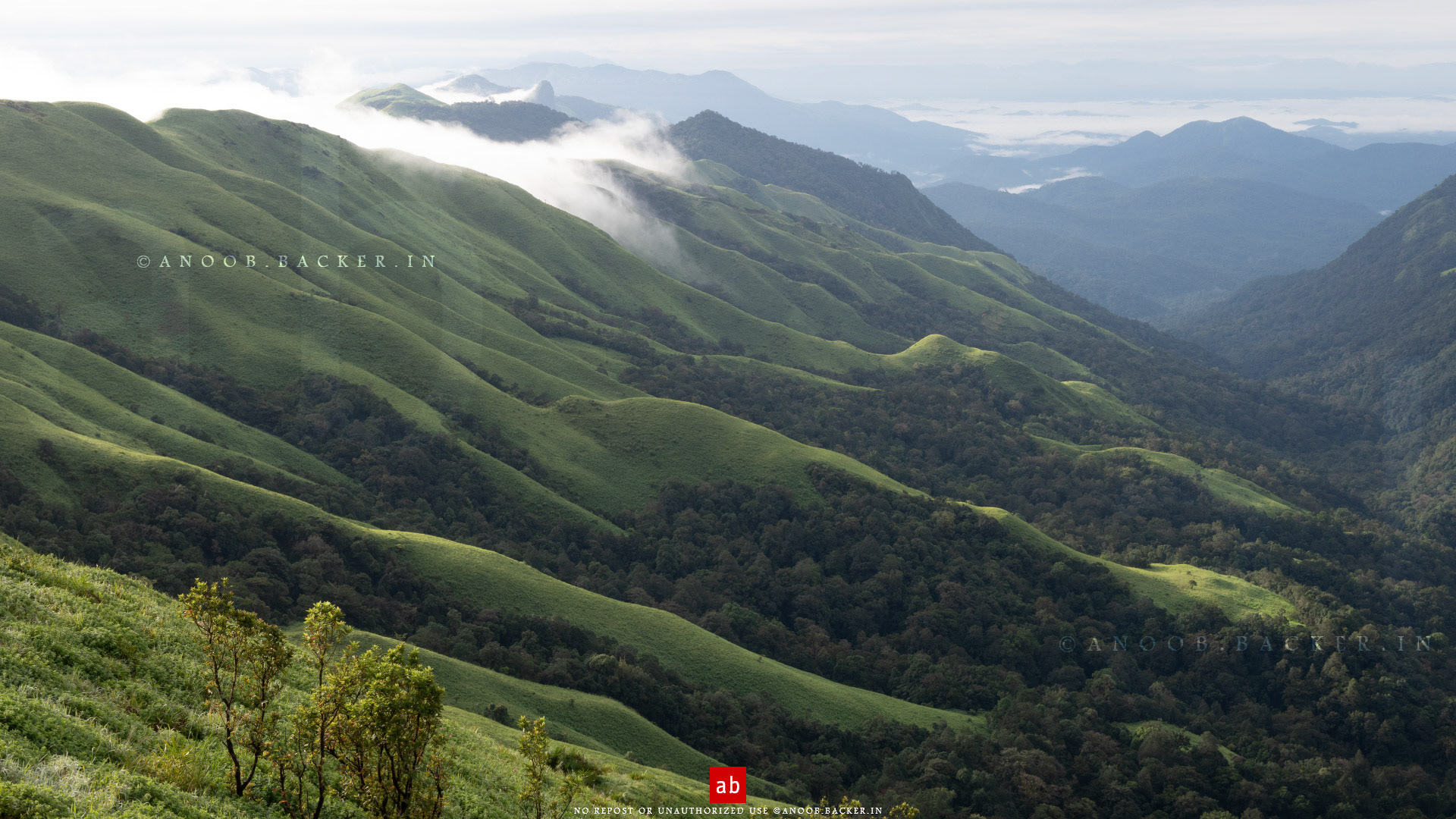
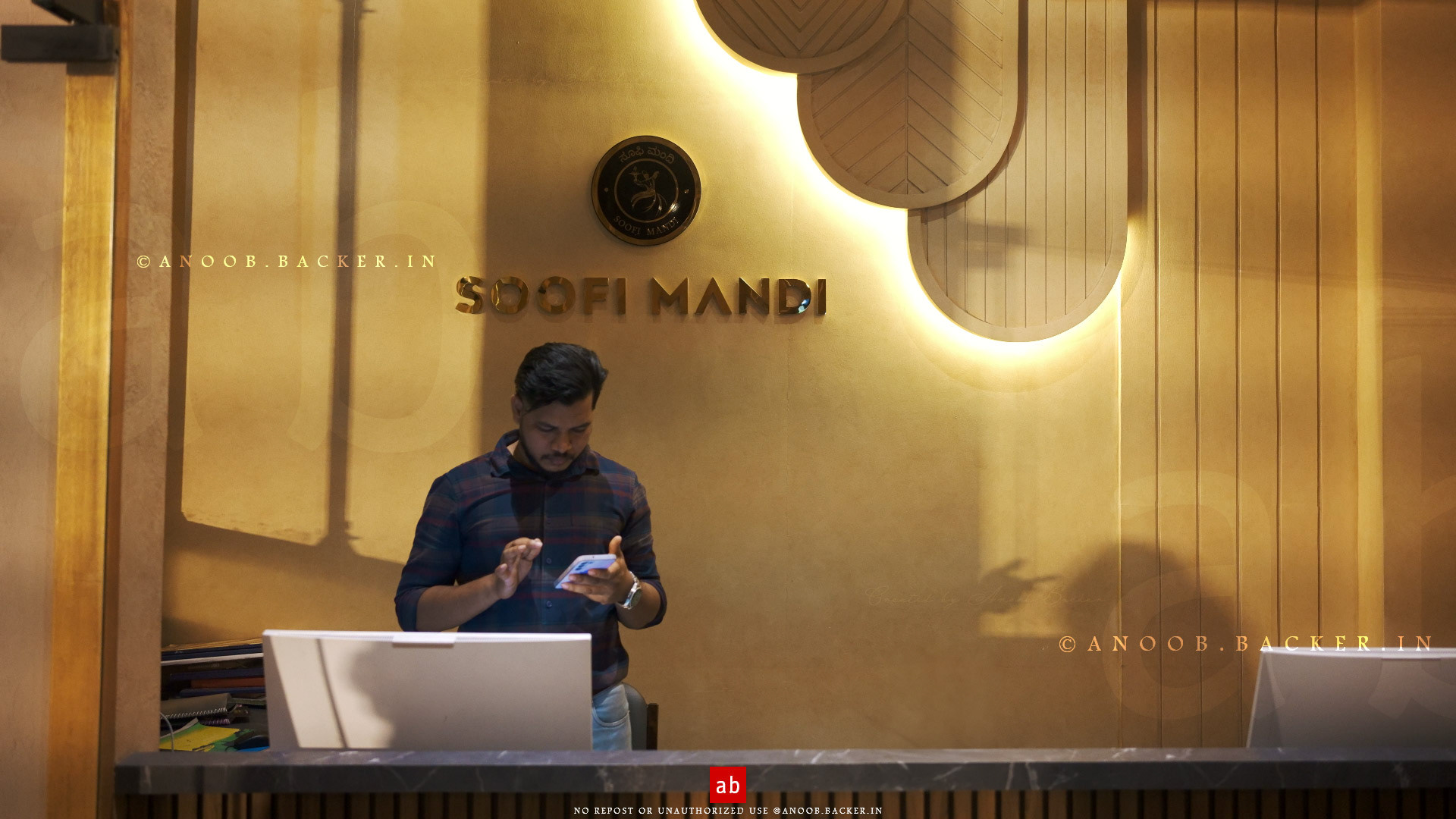

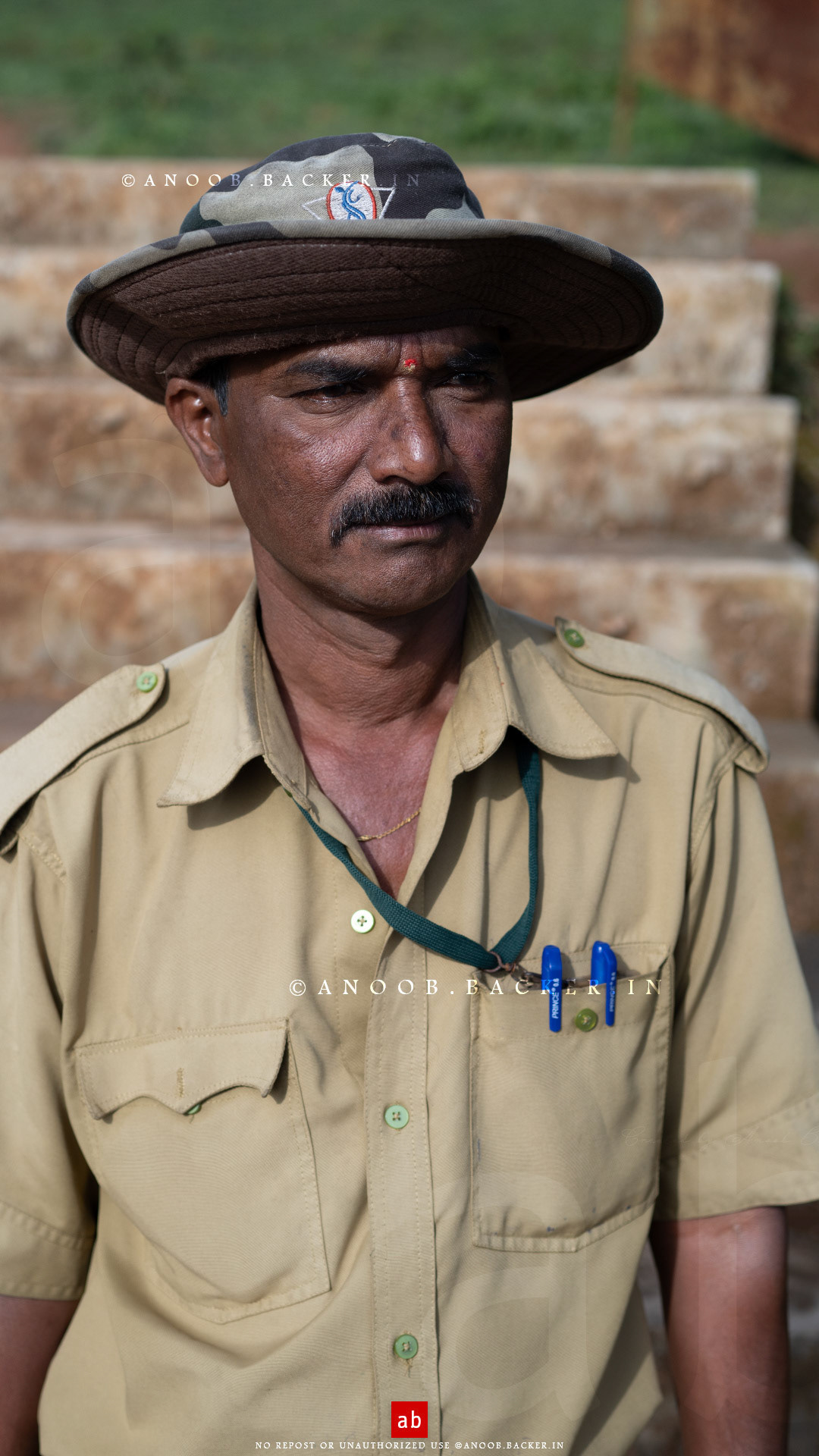
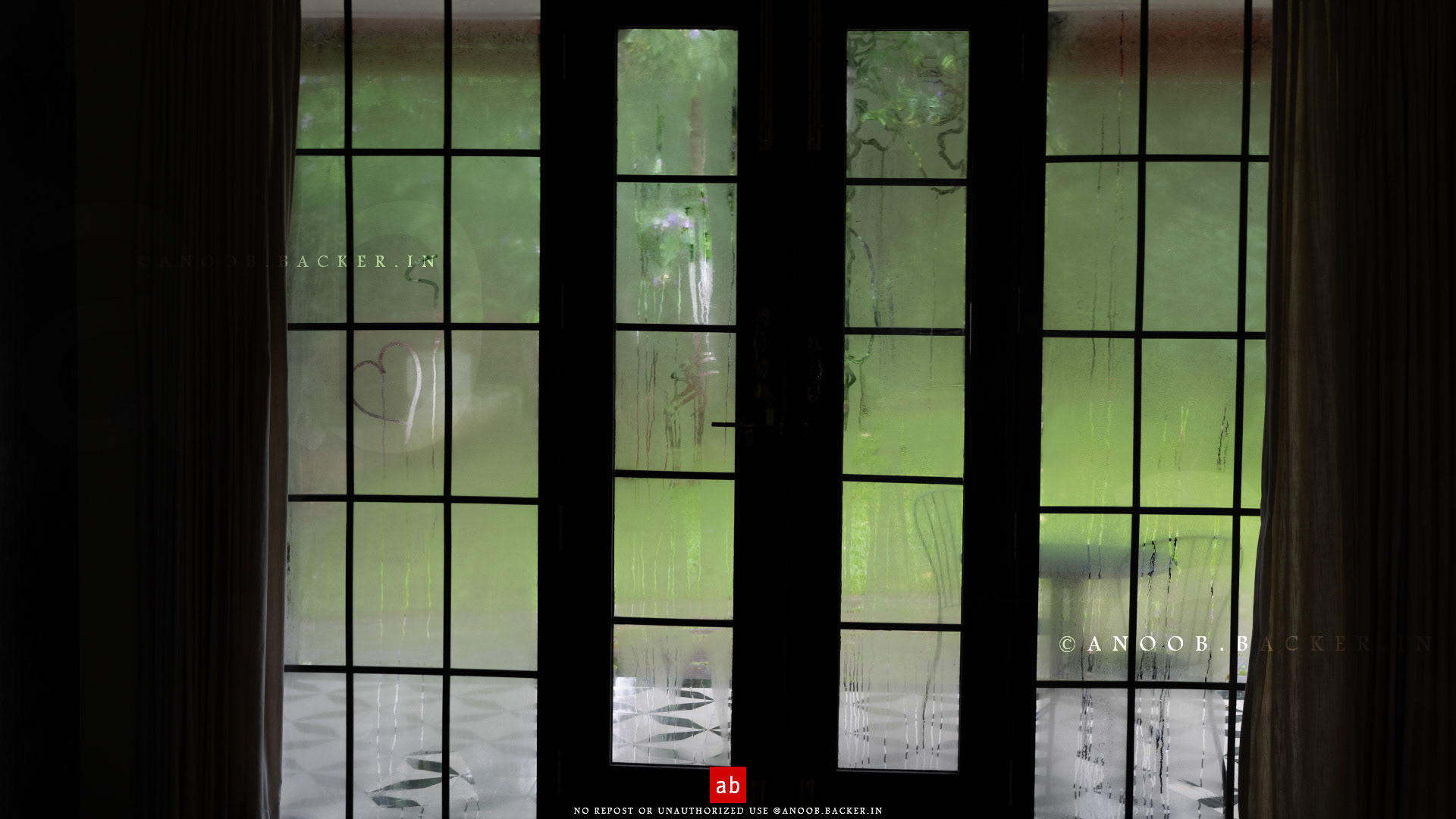
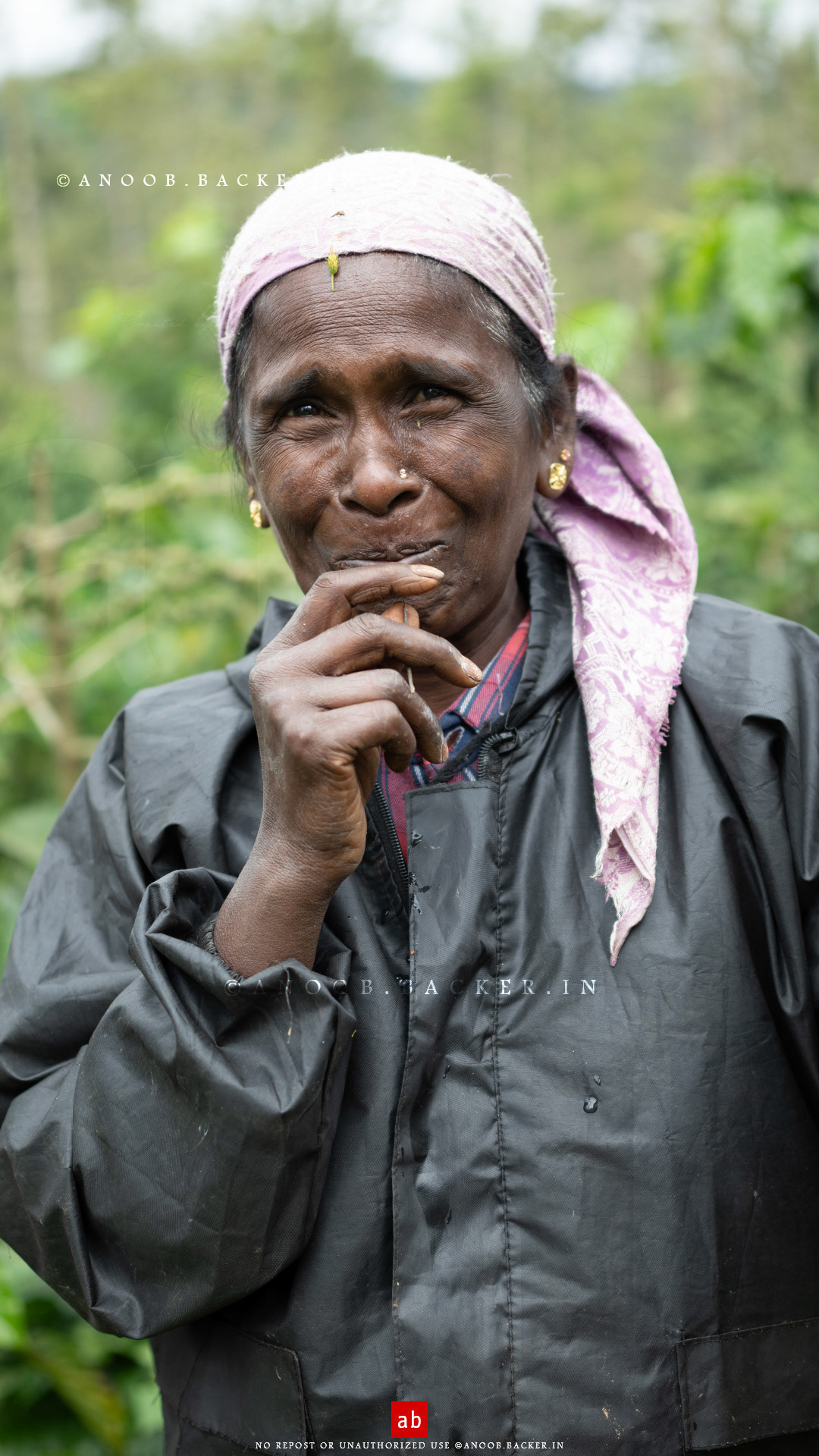
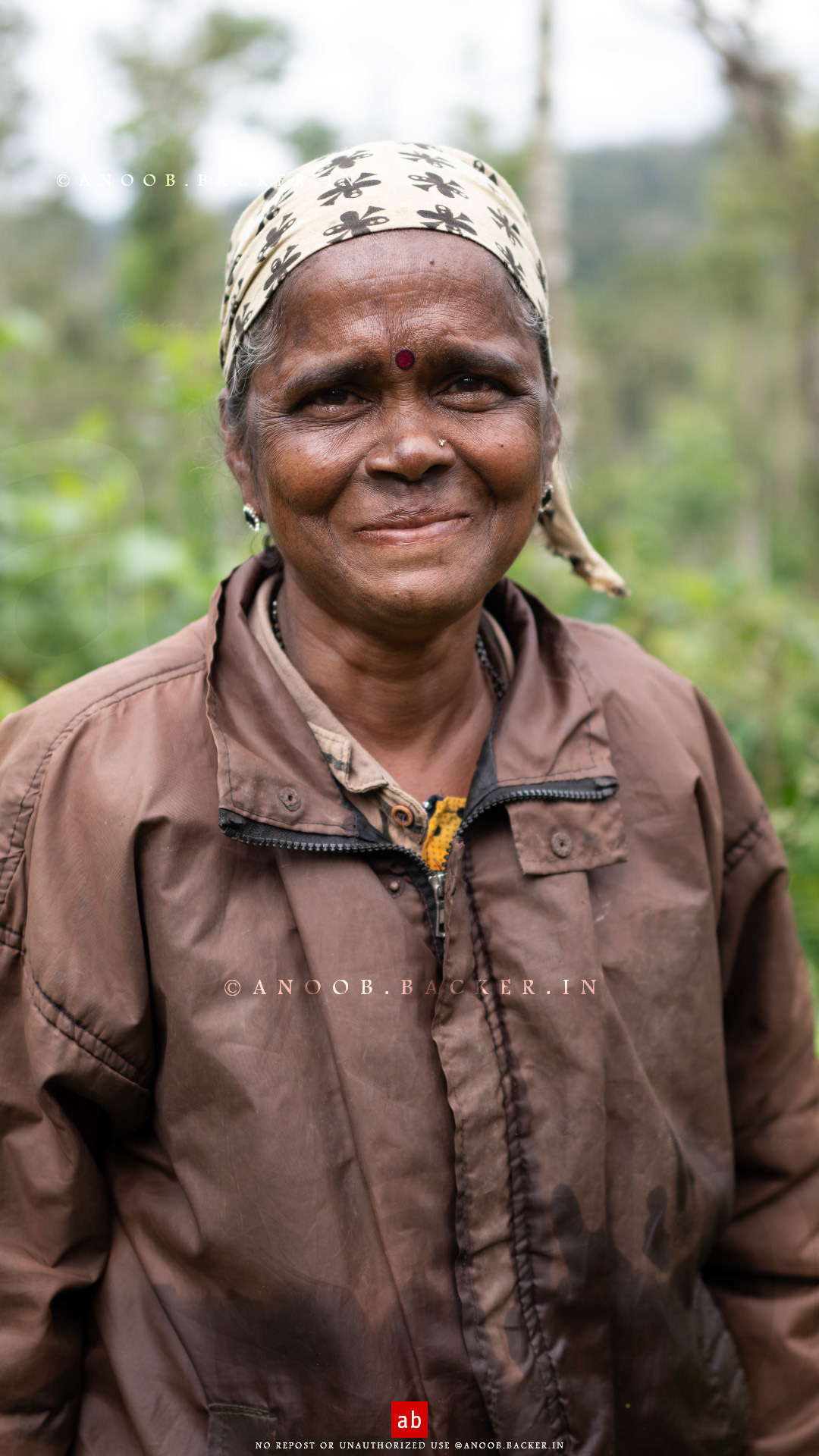
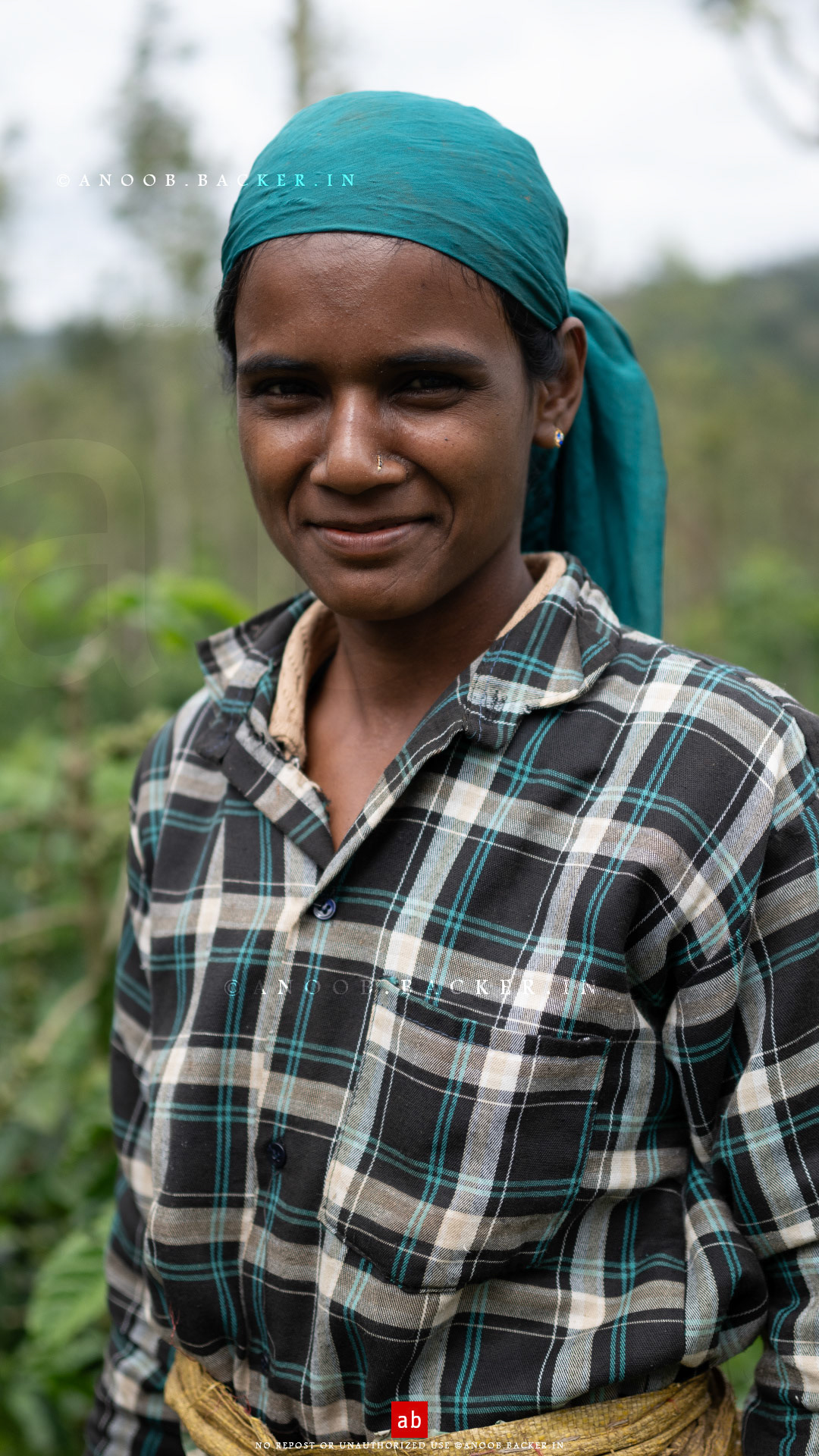
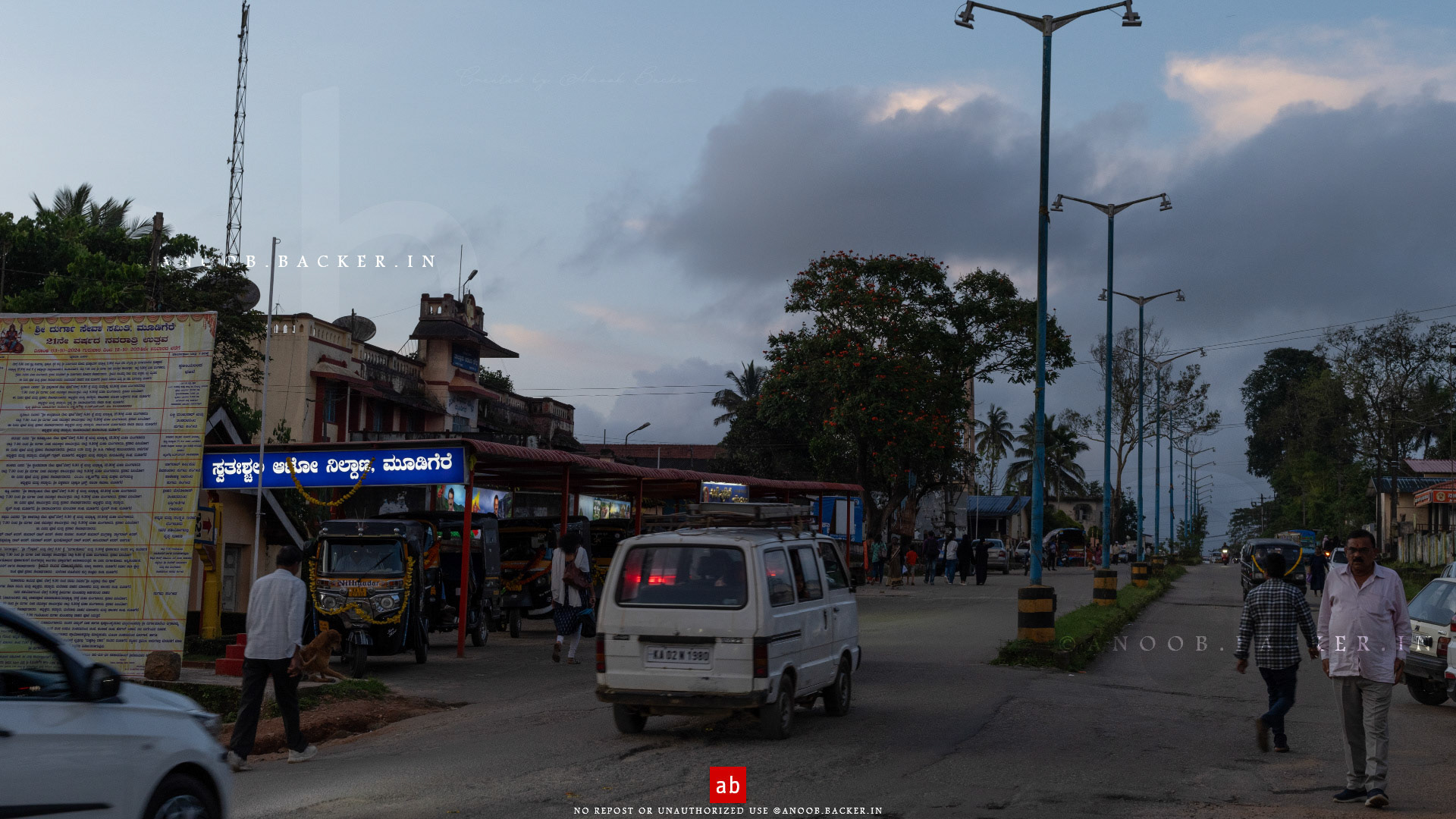
Disclaimer: The views and opinions expressed in this article are solely those of the author and do not reflect the views or opinions of any organization, employer, committee, or group with which the author may be affiliated. The author assumes no responsibility or liability for the content of this article. The information provided in this article is provided "as is", without any guarantees, or warranties of any kind, express or implied.
